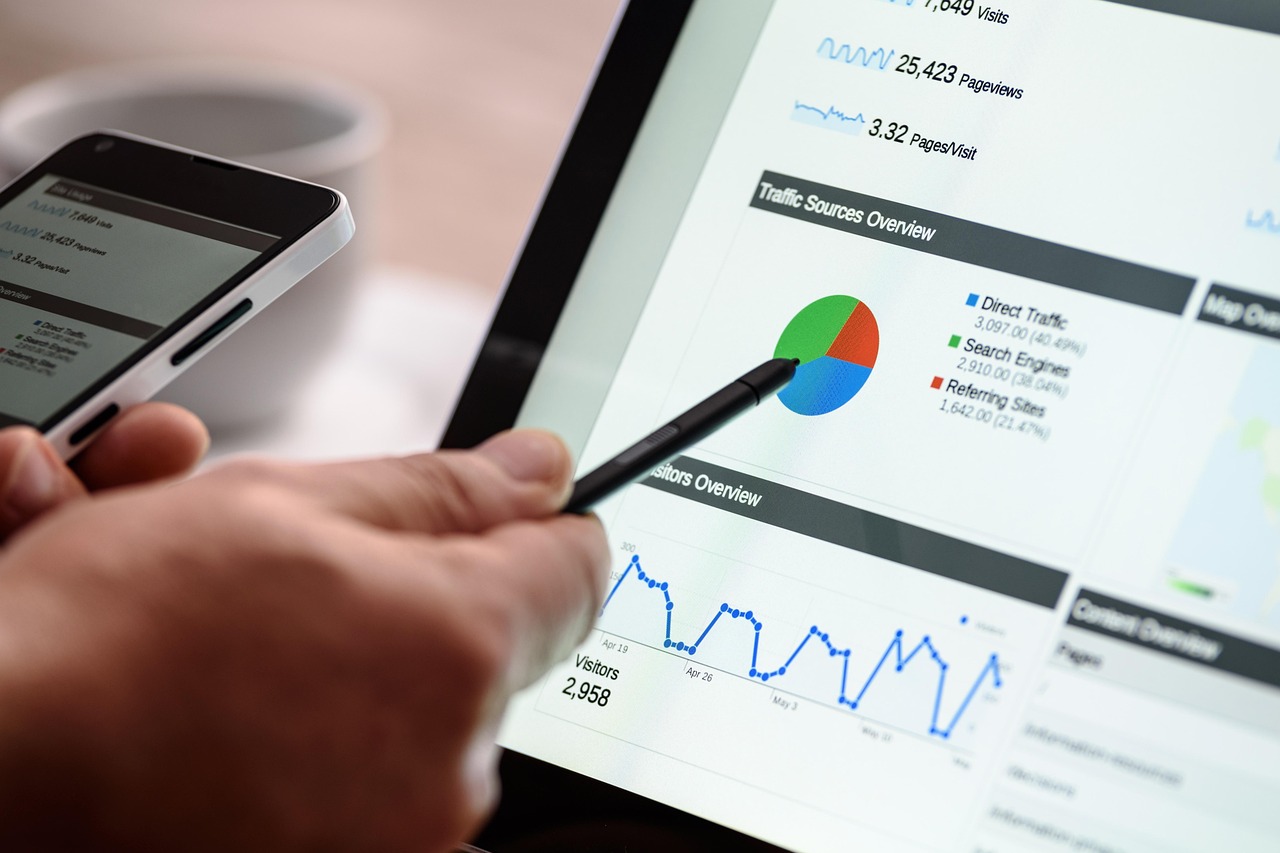

7 Expert Strategies to Optimize Your PMAX Campaigns for Better ROAS
7 Expert Strategies to Optimize Your PMAX Campaigns for Better ROAS
Are you striving to squeeze more value from your Google Ads Performance Max (PMAX) campaigns? Whether you’re a seasoned digital marketer or just starting to scale, unlocking better returns on ad spend (ROAS) hinges on strategic optimization. Backed by the latest 2024 updates and best practices. Let’s explore the expert tactics that can help you raise your game.
1. Structuring Asset Groups with Smart Audience Signals
One commonly underestimated lever is asset group structuring, especially when you harness audience signals. Organizing asset groups according to product categories, user intent, or lifecycle stages unlocks clarity. Think about the difference between targeting a loyal customer versus a fresh prospect. By keeping audience signals tightly grouped and relevant, Google’s automation can tune creative delivery with far more accuracy. Recent expert guidance recommends separating audience signals into distinct categories. Remarketing lists, prospecting segments, and customer match lists. Rather than lumping all targets into a single group. This segmentation amplifies targeting precision, which can translate directly into improved ROAS over time.
2. Harnessing the Power of PMAX’s Enhanced Reporting Features
Transparency is always top of mind for savvy advertisers. Thankfully, Google’s latest updates have brought about more detailed reporting capabilities for PMAX campaigns. Now, marketers have access to channel-level, asset-level, and even search term reporting. This greater visibility means you can diagnose which assets and networks (Search, Display, YouTube, Discover, Gmail, and Maps) are driving the bulk of your results. Take advantage of impression counts per site, asset group performance breakdowns, and channel-specific conversion data. Regularly monitoring these insights helps you spot which creative combinations or placements are moving the needle and which need a refresh.
In my own experience, a campaign that once delivered lackluster results was completely revitalized after tracking underperforming channels and reallocating budget to those with higher conversion volume. Being responsive to new reporting tools isn’t just beneficial. It’s critical for delivering better ROAS in an ever-competitive landscape.
3. Mastering Campaign Exclusions to Prevent Budget Cannibalization
Ever wonder why your campaigns sometimes seem to compete against each other? This common pitfall, known as budget cannibalization, can drain efficiency and blur attribution. Effective use of campaign exclusions. In particular, brand, product, or placement exclusions. Ensures you deliberately focus spend where it matters. Setting up exclusions at various levels (such as placement exclusions at the account level and brand exclusions within PMAX) helps stop your ads from showing on irrelevant sites or to audiences with intent already captured elsewhere.
Many experienced advertisers now routinely monitor placement reports every few weeks, scrubbing out low-quality placements draining budget. With the 2024 enhancements, PMAX offers even tighter exclusion controls. Take full advantage. In practice, one ecommerce client saw a pronounced lift in ROAS simply by excluding junk placements that previously hoarded low-value impressions.
4. Creative Assets: Optimizing for Impact Across Video and Images
The creative assets in your PMAX campaigns act as direct vehicles for your brand’s message. But simply uploading what’s “on file” misses the mark. High-performing campaigns now treat creative like a living asset, not a static requirement. Powerful videos, sharp imagery, and well-written copy are adapted and refreshed seasonally. Or even monthly. To keep performance from plateauing.
Allow Google’s machine learning to work its magic by providing a healthy mix of video, images, headlines, and descriptions. Engaging, relevant ads tailored for all devices improve ad strength, which can elevate both impressions and conversions. For video, horizontal, square, and vertical formats ensure coverage across platforms. I’ve seen even small adjustments. Like testing new image backgrounds or rotating video scripts. Deliver measurable lifts in campaign engagement. Always review asset diagnostics in the PMAX dashboard; even a small tweak can turn a good campaign into a doozy.
5. Combine PMAX with Standard Shopping Campaigns for Incremental Gains
There’s been much debate among paid media pros about the interplay between PMAX and Standard Shopping. The latest updates have balanced the scales, so neither campaign type automatically overrides the other. Meaning thoughtful structuring is more important than ever. By running both side by side and carefully segmenting your products or priority SKUs, you can win incremental market share.
This hybrid approach often produces outsized gains, particularly when you use Standard Shopping to focus on top-performing, high-margin items, while PMAX casts a broader net for discovery. Run experiments, leverage Google’s campaign experiment feature, and analyze the resulting shifts in incremental revenue. The key: never leave overlap unmonitored, and keep reporting sharp to avoid duplicated spend.
6. Feed the Machine: Conversion Tracking and Value Rules
What’s the recipe for a PMAX campaign that’s truly ROAS-driven? It all starts with bulletproof conversion tracking. Set clear, high-value conversion actions in your account and double-check the data flows seamlessly. With Google’s update to value rules, you can now prioritize conversions from certain audiences, devices, or locations. Giving an even tighter grip on campaign efficiency.
Expert practitioners regularly review conversion data to weed out low-value actions and steer the algorithm toward what really matters. By feeding Google’s automation only the highest quality signals, you empower smarter bidding and creative rotation. My own audits often uncover missed conversion tags or underestimated action values. Tidy these up, and the algorithm responds almost immediately.
7. Ongoing Testing: Creative, Structure, and Strategy
Nothing in digital marketing stays optimal for long, and PMAX is no exception. Champion a test-and-learn culture. Experiment with new copy, swap visual themes, shuffle audience signals, and trial various asset group structures. Use reporting not just for diagnostics, but also to spark creative testing.
Some of the biggest PMAX wins I’ve seen come from marketers who treat every campaign as an experiment. Setting controlled tests, measuring changes, and scaling only what works. By building momentum around continuous improvement, your campaigns become adaptive, responsive, and resistant to performance slumps.
Frequently Asked Questions
What’s the best way to structure PMAX asset groups for targeting?
Start by grouping assets around clearly defined audience signals, such as loyalty, intent, or stage in the customer journey. This ensures that your creative and messaging align closely with your best prospects.
How do PMAX reporting updates improve optimization?
The new reporting tools offer granular breakdowns of channel, asset, and search term performance. This detail allows you to pinpoint where efficiency lags and opportunities for improvement lie.
How can I avoid campaign overlap and budget cannibalization?
Carefully apply exclusions. By brand, product, and placement. Alongside regular monitoring of campaign reports. Strict segmentation keeps spend focused on unique goals.
Do creative assets really make that much of a difference?
Absolutely. Fresh, varied, and high-quality assets amplify campaign impact, boost engagement, and enable Google’s automation to maximize reach and conversion potential.
Should I always run PMAX alongside Standard Shopping?
Not always, but combining both can unlock new revenue streams and incremental performance when structured thoughtfully. Align campaign goals, watch overlap, and test frequently.
Reaching for better ROAS requires a sharp, strategic mindset and a willingness to adapt. With these seven expert moves, you’re well-positioned to take your PMAX performance to the next level. Ready to elevate your campaigns? Dive in and start optimizing. Your bottom line will thank you.







